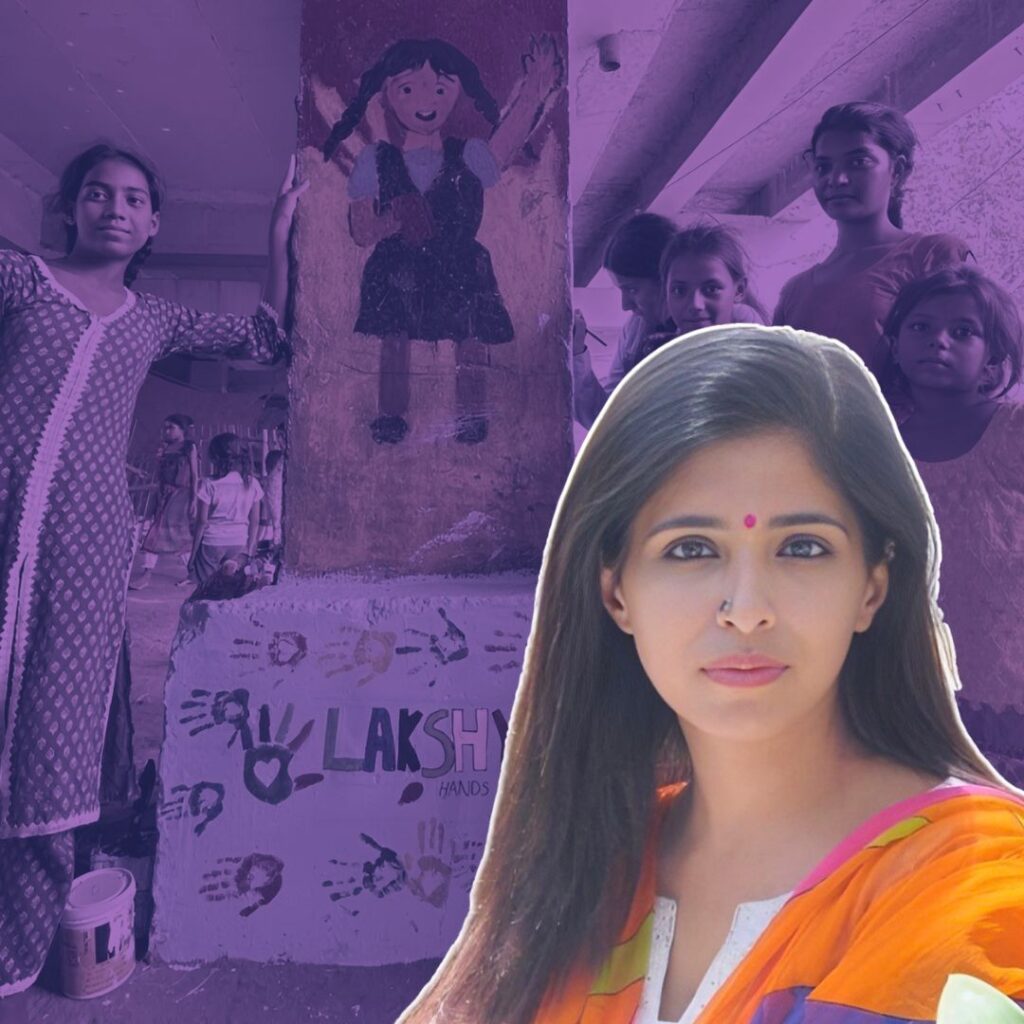The Indian Economy blues just does not seem to come an end. After the revised growth rate by the RBI, consistent drop in automobile sales now it is the Indian Rupee which closed Rs 71.4 for one dollar has become the worst performing Asian currency in August. In a bid to continuously try out to battle pressures from China’s yuan along with an unresolved global trade war and fleeing foreign funds, the Indian currency has been facing a hard time. With a slump of 3.49 per cent against U.S. Dollar so far in August, the currency has encountered its second worst monthly loss in the last four years.
Experts Cites A One To One Relation With China’s Yuan
Harihar Krishnamoorthy, treasurer and head of global markets at FirstRand Bank, told BloombergQuint, “There are many factors for the rupee’s movement but the primary one is China’s yuan, there is a one-on-one relation with that,” According to Harihar, U.S. additional duties on China, a tumble in Argentine Peso and largest foreign money outflow in the past nine months have been some of the reasons behind Indian Rupee’s poor performance. The increasing anticipation of a fiscal stimulus was cited as another possible reason by Aditi Nayar, principal economist at ICRA. As per Bloomberg data, The 10-year bond yields rose by 10 basis points a couple of days ago to 6.62 per cent. The other factors that are linked to bond yields-like inflation and interest rate are among the positives. “The rise is linked to a fear that we could see some sort of a revenue giveaway”, Krishnamoorthy said.
Experts Concerned Over Near Future Of The Currency
The Rupee broke the high of 69.23 level against the dollar and has stayed significantly above that. Bhaskara Panda, regional head of treasury advisory at HDFC Bank Ltd said, “Technically it was a very pertinent level over which rupee is supposed to depreciate to the dollar,” he said. “The next technical point could be 72.12 per dollar. If that goes through, it could go all the way up to 74 per dollar.”
However, Krishnamoorthy believes that the Rupee is expected to stay between 70.5 and 71.5 a dollar in the short term.
On being asked about the long term perspective, Krishnamoorthy was of the opinion that rupee will settle around 70 against U.S. dollar, if China and U.S. reach upon an acceptable agreement by the end of the year and at 72 if they don’t.
Overseas Investors May Face Losses
According to Samir Lodha, chief executive officer at QuantArt Market Solutions, a Mumbai-based currency risk advisory, “A sharp drop in the rupee essentially means that rupee will end up wiping out most of the profits for off-shore investors as they don’t really indulge in safeguarding currency risks for short term debt investments from the country.”
If this drop in rupee is not kept under check, carry trades can largely be the possible reason behind driving the upsurge in inbound investments into rupee bonds which will add it into the fear of quick reversal in flows.
Also Read: Rupee Opens 114 Paise Lower After Urjit Patel’s “Unfortunate” Resignation












